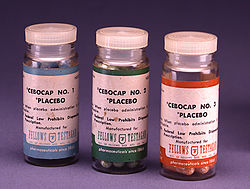December 2013 guide to the five visible planets
Venus on Nov. 29, 2013, via Maranatha.it Photography.
|
|
Jupiter rises as Venus sets on December 2013 evenings. Read more
In December 2013, the planet Jupiter shines in front of Gemini, the radiant for the Geminid meteor shower. Read more
Find Jupiter and the Winter Circle on these December nights! Read more
Meanwhile, if you’re a night owl or early riser, watch for Mars and Saturn and Mercury in the morning sky. Mars shines in front of the Constellation Virgo the Maiden, rising in the east about one hour after the midnight hour in early December, and coming up around midnight on New Year’s Eve.
Mars reaches its highest point for the night at or near dawn all through December. At mid-northern latitudes, Saturn rises about two hours before the sun in early December, and nearly four hours before sunrise by late December. You might catch Mercury before sunrise in early December, but this world quickly sinks into the glare of sunrise each day thereafter, to pass from the morning to evening sky by the month’s end.
Follow the links below to learn more about planets and special sky events in December 2013.
